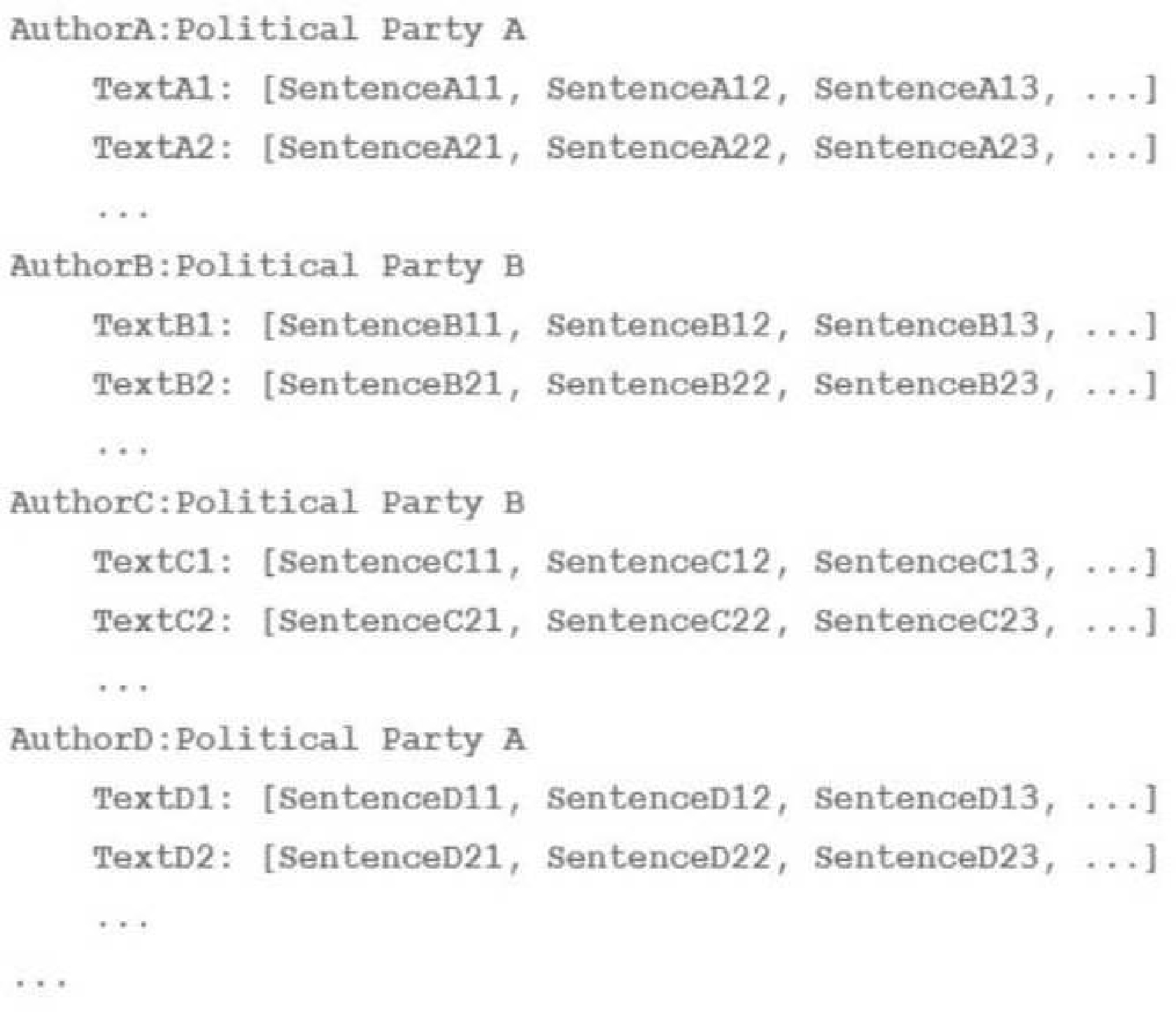Quiz
scanned customer forms. You have developed a TensorFlow model that converts the scanned images
into text and stores them in Cloud Storage. You need to use your ML model on the aggregated data
collected at the end of each day with minimal manual intervention. What should you do?
Quiz
on historical inventory dat
a. Customer behavior is highly dynamic since footwear demand is influenced by many different
factors. You want to serve models that are trained on all available data, but track your performance
on specific subsets of data before pushing to production. What is the most streamlined and reliable
way to perform this validation?
Quiz
designing a strategy to organize your jobs, models, and versions in a clean and scalable way. Which
strategy should you choose?
Quiz
should you adjust your model to ensure that it converges?
Quiz
suspect that many features are non-informative. You want to remove the non-informative features
from your model while keeping the informative ones in their original form. Which technique should
you use?
Quiz
for one of your platforms. You analyzed the requirements and decided to use TensorFlow to build the
classifier so that you have full control of the model's code, serving, and deployment. You will use
Kubeflow pipelines for the ML platform. To save time, you want to build on existing resources and
use managed services instead of building a completely new model. How should you build the
classifier?
Quiz
articles they have written. You have a large training dataset that is structured like this:

You followed the standard 80%-10%-10% data distribution across the training, testing, and evaluation
subsets. How should you distribute the training examples across the train-test-eval subsets while
maintaining the 80-10-10 proportion?
A)

B)

C)

D)

Quiz
hyperparameters. They need to track the accuracy metrics for various experiments and use an API to
query the metrics over time. What should they use to track and report their experiments while
minimizing manual effort?
Quiz
an ML-based biometric authentication for the app that verifies a customer's identity based on their
fingerprint. Fingerprints are considered highly sensitive personal information and cannot be
downloaded and stored into the bank databases. Which learning strategy should you recommend to
train and deploy this ML model?
Quiz
purchasing your company's products. Your model uses a city name variable as a key predictive
component. In order to train and serve the model, your data must be organized in columns. You want
to prepare your data using the least amount of coding while maintaining the predictable variables.
What should you do?
Google Machine Learning Engineer Practice test unlocks all online simulator questions
Thank you for choosing the free version of the Google Machine Learning Engineer practice test! Further deepen your knowledge on Google Simulator; by unlocking the full version of our Google Machine Learning Engineer Simulator you will be able to take tests with over 283 constantly updated questions and easily pass your exam. 98% of people pass the exam in the first attempt after preparing with our 283 questions.
BUY NOWWhat to expect from our Google Machine Learning Engineer practice tests and how to prepare for any exam?
The Google Machine Learning Engineer Simulator Practice Tests are part of the Google Database and are the best way to prepare for any Google Machine Learning Engineer exam. The Google Machine Learning Engineer practice tests consist of 283 questions and are written by experts to help you and prepare you to pass the exam on the first attempt. The Google Machine Learning Engineer database includes questions from previous and other exams, which means you will be able to practice simulating past and future questions. Preparation with Google Machine Learning Engineer Simulator will also give you an idea of the time it will take to complete each section of the Google Machine Learning Engineer practice test . It is important to note that the Google Machine Learning Engineer Simulator does not replace the classic Google Machine Learning Engineer study guides; however, the Simulator provides valuable insights into what to expect and how much work needs to be done to prepare for the Google Machine Learning Engineer exam.
BUY NOWGoogle Machine Learning Engineer Practice test therefore represents an excellent tool to prepare for the actual exam together with our Google practice test . Our Google Machine Learning Engineer Simulator will help you assess your level of preparation and understand your strengths and weaknesses. Below you can read all the quizzes you will find in our Google Machine Learning Engineer Simulator and how our unique Google Machine Learning Engineer Database made up of real questions:
Info quiz:
- Quiz name:Google Machine Learning Engineer
- Total number of questions:283
- Number of questions for the test:50
- Pass score:80%
You can prepare for the Google Machine Learning Engineer exams with our mobile app. It is very easy to use and even works offline in case of network failure, with all the functions you need to study and practice with our Google Machine Learning Engineer Simulator.
Use our Mobile App, available for both Android and iOS devices, with our Google Machine Learning Engineer Simulator . You can use it anywhere and always remember that our mobile app is free and available on all stores.
Our Mobile App contains all Google Machine Learning Engineer practice tests which consist of 283 questions and also provide study material to pass the final Google Machine Learning Engineer exam with guaranteed success. Our Google Machine Learning Engineer database contain hundreds of questions and Google Tests related to Google Machine Learning Engineer Exam. This way you can practice anywhere you want, even offline without the internet.
BUY NOW